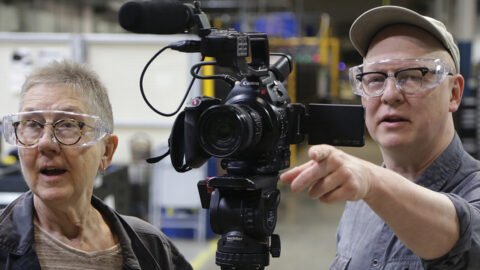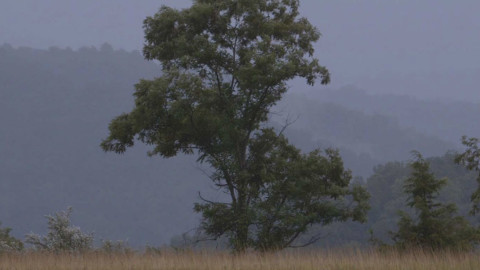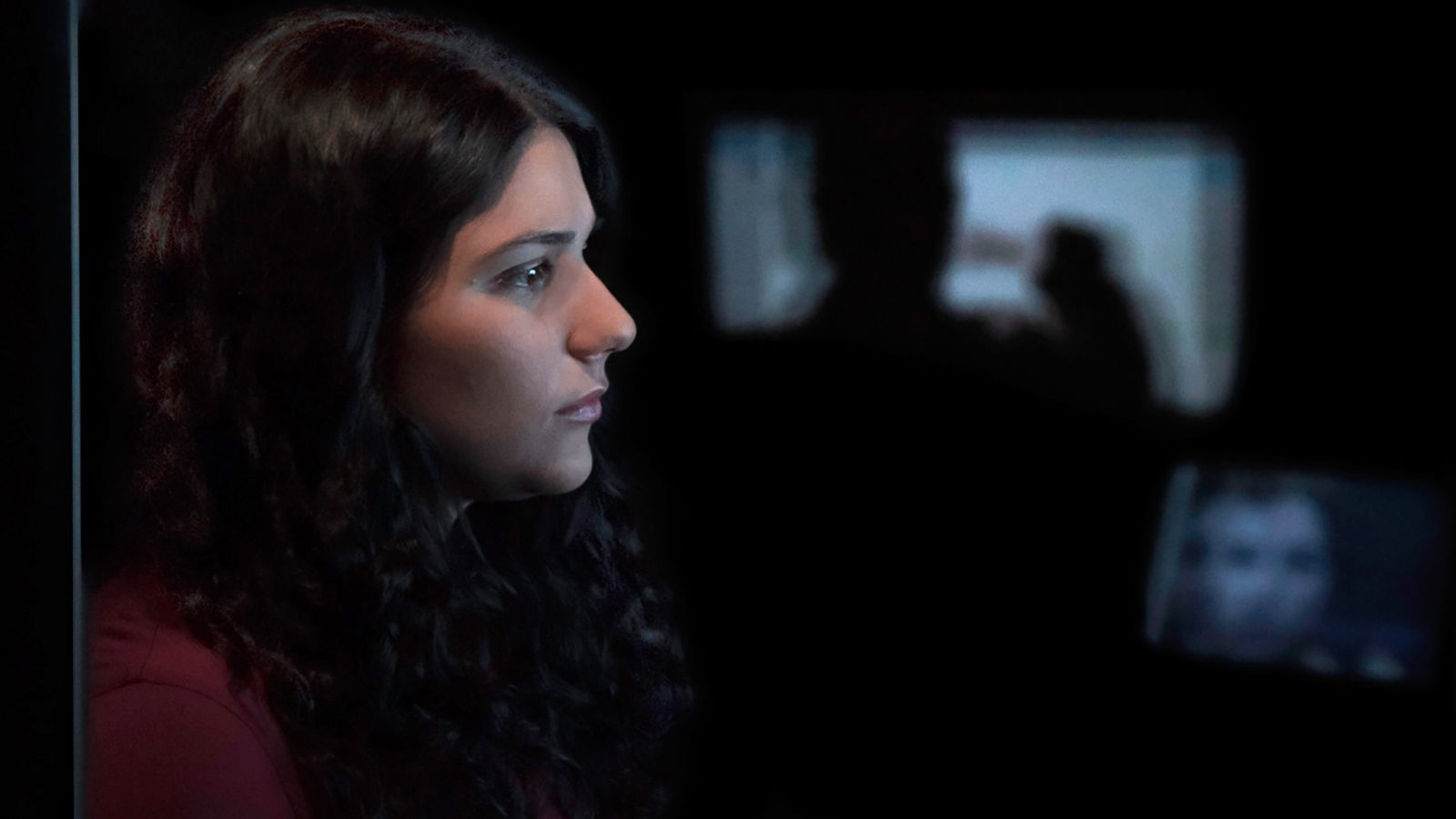
Observe and Report
It’s early April in 2020, and in Brooklyn, New York, the ambulance sirens are unrelenting. Also constant are helicopters whirring overhead—patrolling? Evacuating? Thousands upon thousands of people are sick with COVID-19. Today, Wednesday, April 8, nearly 800 died in New York, up from similar numbers the days preceding. Inside—always, infuriatingly, necessarily, inside—I’m searching for information, evidence, footage of what’s outside. A few days ago I watched a video recorded by former Fox News personality Todd Starnes outside of a quiet Brooklyn Hospital Center. “Why is an entire city of eight million people on lockdown and there’s nobody in line waiting to get tested?” he said from behind his camera phone. “I want you to share this video and let people know what’s really going on.” Several million people had viewed the clip, many commenting lustily about a grand conspiracy, regardless of the fact that a video captured 24 hours later outside of the same hospital showed dead bodies being hauled into an 18-wheeler. Of course, many who did see this latter video questioned its veracity—scrutinizing the demeanor of the citizen who shot the footage, as well as the model and positioning of the truck.
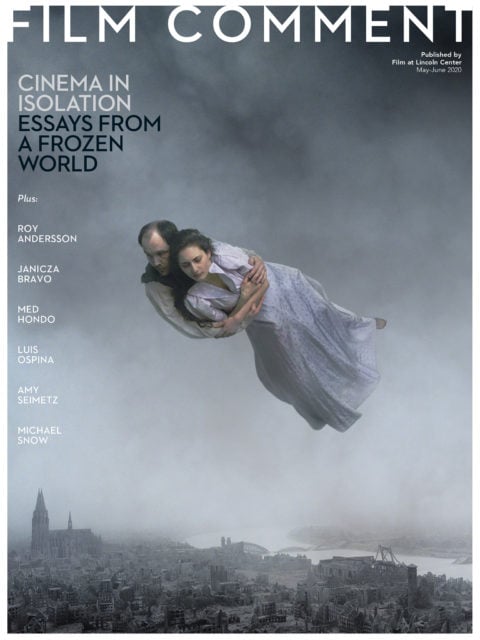
Over the weekend I also encountered a video provided by CBS News that was recorded by a nurse in Chicago, tearily describing a situation at Northwestern Medicine in which health care professionals weren’t afforded sufficient medical gear. “America is not prepared, and nurses are not being protected,” she said. The video was amplified by the Bernie Sanders Twitter account on the same day that hospital professionals were seen outside their places of work protesting conditions, and the same day that governors continued to entreat Trump’s federal government for additional and adequate supplies. This video’s veracity too was quickly challenged, and though it wasn’t a forgery, it might as well have been to the hoax patrol: the woman had told her followers on social media that she was bipolar and worried about going to work that day after some time away; she quit after a single day back on the job. (“My god, who does that?” etc.) Watch any video online about any situation, be it provided by The New York Times or individuals with iPhones, and wait for the immediate, automatic, sectarian spin from supporters and skeptics, retweeters and doxxers. Witnessing, even as our fellow citizens die by the thousands, is a partisan activity.
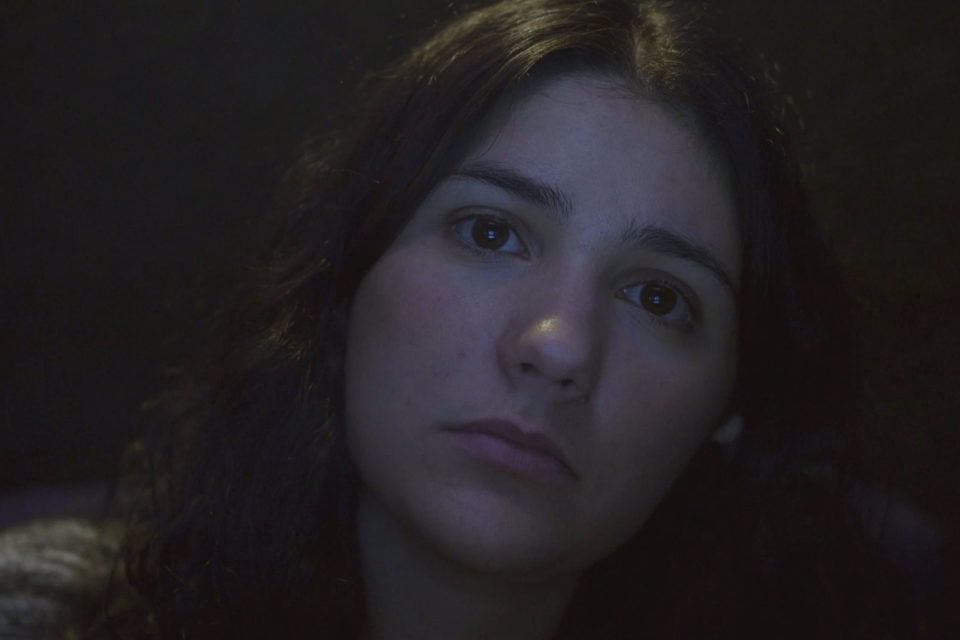
The Viewing Booth (Courtesy of Ra'anan Alexandrowicz)
There’s nothing remotely new about this phenomenon, of course. But because my city is hurting, because I know these hospitals, because I have relatives and friends who are very sick, I find myself newly naïve and tender about the state of subjective viewership in America and beyond. Similar controversies arose after the documented murders of Eric Garner and Philando Castile and Walter Scott and many others, as they’ve happened throughout the world: in Hong Kong, in Moscow, in Brazil, in Palestine. Skepticism and scrutiny of media—positive, necessary impulses—turn out to be convenient shields for endorsing and justifying racism, fascism, inaction, and inhumanity. We can make it unreal as conveniently and as creatively as we can make it real. The point is not to understand, elucidate, or discover—but to obfuscate, to bend the record to accommodate a predetermined mindset rather than form a genuine response. Here is a way of seeing that’s not seeing, or it’s anti-seeing. To varying degrees, we’re all projecting while we’re watching—but in the present moment, fresh impressions seem impossible.
With film festivals suspended for the foreseeable future, we’re denied access to new films that could offer valuable perspectives, and one in particular speaks directly and acutely to this state of things. Ra’anan Alexandrowicz’s The Viewing Booth is explicitly about watching, pursuing a conceit in which we viewers watch someone viewing footage. Adjacent to his editing suite, Alexandrowicz set up a viewing booth—ostensibly a voiceover chamber—that’s simultaneously isolated from and connected to the director, who’s stationed on the other side of the glass. The director remotely shares a desktop screen with the participant, while a camera looks out from that screen to observe the viewer’s responses. At the beginning of the film, a young woman, Maia Levy, enters the space and receives instructions about how things will proceed: the console plays selections of YouTube videos about the Israeli occupation, some disseminated by right-leaning, pro-government Israeli partisans, others by B’Tselem, a Jerusalem-based watchdog organization. Several minutes pass before we glimpse what she’s watching—at first, we only see her face and hear her reactions. Even when we’re eventually granted access to the footage, first on a monitor within the frame and then as it takes over the frame, we’re effectively watching over Maia’s shoulder, filtering our own reactions through hers, or at least accommodating them both. And as she tries to situate the footage, determining who made it and what they’re trying to achieve, we’re doing the same.
And that’s basically where we remain. Though Alexandrowicz had planned to incorporate other viewers in the film—he briefly shows other visitors to the booth—he winds up focusing entirely on Maia’s sessions, which ultimately expand to her watching herself watching. As he’s said in interviews, the left-leaning Israeli filmmaker fixated on Maia because she’s effectively his ideal viewer: someone whose point of view diverges from his own—she’s avowedly “pro-Israel”—who’s nevertheless thoughtful, theoretically open-minded, and game to explore. Yet the film isn’t about his reaching an ideal viewer; rather, it’s about understanding that viewer. What she sees, how she sees, what she can’t see. He’s obviously tempted to offer his own perspective, to debate, problematize, or counterprogram some of Maia’s responses, but he instead holds back, allowing her thoughts and expressions to fill the space. His minute, clenched expressions and near-utterances offer an added level of tension, and his restraint is always rewarded by her unguarded perspective. When she casts aspersions on how B’Tselem could get intimate shots of Israeli soldiers invading a Palestinian home, he doesn’t intervene to explain, and instead lets her figure out on her own that the footage is community-generated.
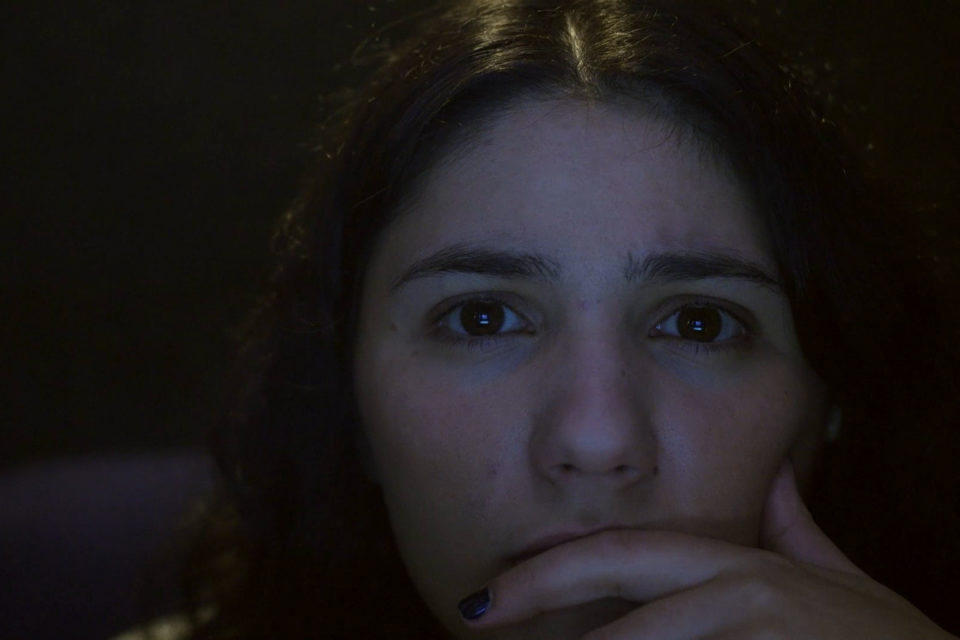
The Viewing Booth (Courtesy of Ra'anan Alexandrowicz)
Depending on one’s own politics, watching this scene unfold over Maia’s shoulder can be enervating, but for all of her biases and particularities, Maia’s perspective winds up serving as an extraordinarily accurate mirror of the global state of witnessing in 2020. Her responses invariably echo the things we all say, or encourage one another to say, when encountering documentary footage. “That is so staged,” she says, unwilling to be duped. “It’s propaganda,” she later declares, matter-of-factly. And after watching a clip dense with upsetting incident but lacking context: “They give you the opportunity only to see what they want you to see. So you have to take that into consideration.” Toward the end of her first session, Ra’anan ventures to ask a few questions about her opinion of B’Tselem. “I think [their videos] can be informative, but you have to be careful,” she answers. “You should take all of these with a grain, or a couple of grains of salt. Because it’s biased footage. But it’s still footage.” It’s biased footage, but it’s still footage—she’s skeptical, but she’s not dismissing it outright. She’s not looking away, and neither can we look away from her.
“This doesn’t look good for Israel,” she says, morally moved by disturbing footage but also conjecturing what others will make of it—how it might negatively affect, embarrass, or compromise something she values. “I wouldn’t want people to see this,” she rejoins, simultaneously acknowledging a damning proof and wishing to deny or ignore it in turn. Although laser-focused on a single perspective, The Viewing Booth is not about Maia, nor even about the Occupation. It’s about the gymnastics we all go through when looking at footage, any footage. Gymnastics that are both intellectually and morally essential, and intellectually and morally debilitating. Can we be truly affected by footage anymore? Can any footage override our own preoccupations, beliefs, and agendas? And if not, have we reached a point when all of it is effectively meaningless, too inherently compromised and subjective to have objective value or consequence? Maybe that’s not an endpoint but rather a beginning, a challenge for whatever we capture and create next. And maybe The Viewing Booth—for all of the dismay carried in the filmmaker’s shoulders while Maia cogently fillets received notions of objectivity, empathy, and change—is a restorative first step. The focus couldn’t be more apt. It’s really not about the footage, but about who’s watching, how we’re watching, and what we’re making of it. We’re mediated to the point of being immovable, doubting the very sirens heralding our possible fates.
Eric Hynes is a journalist and critic, and curator of film at Museum of the Moving Image in New York.



